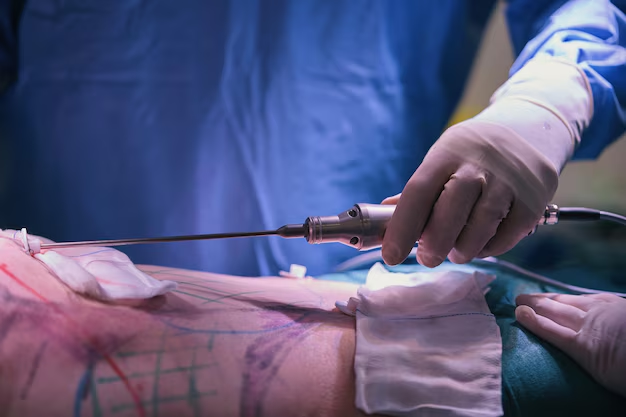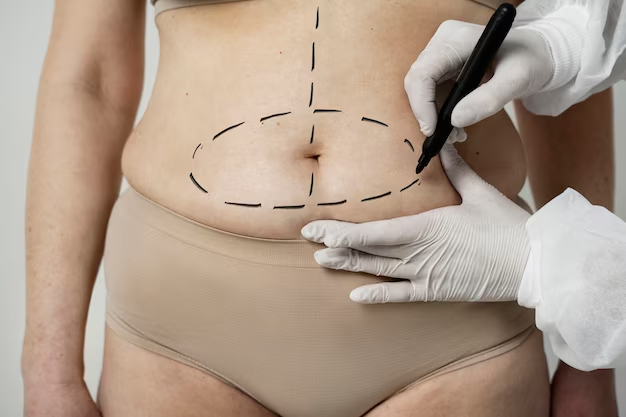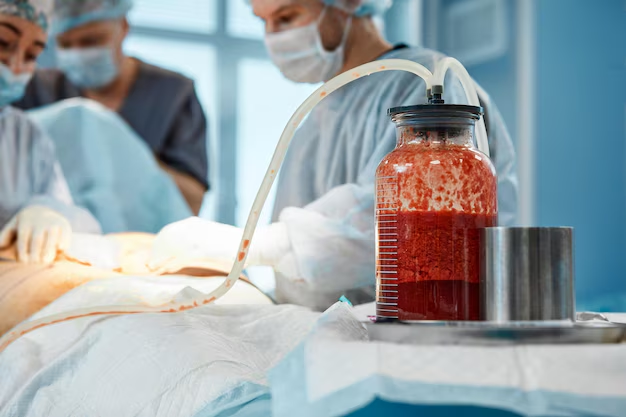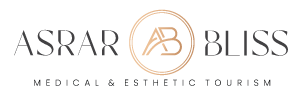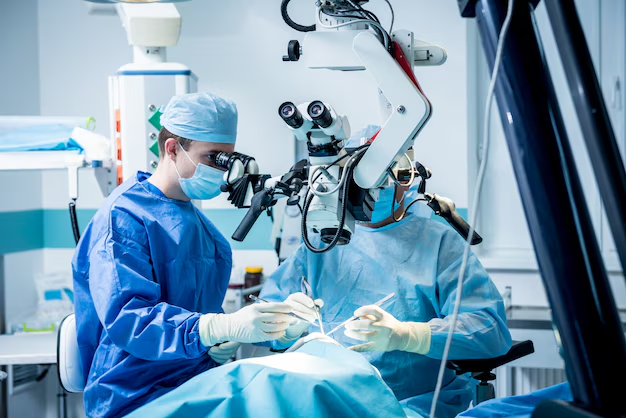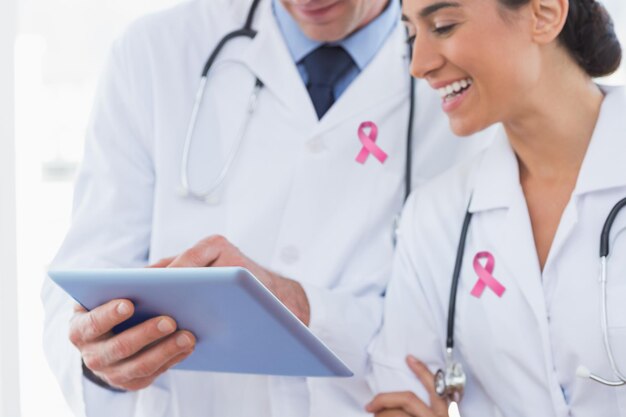Liposuction
Liposuction in Turkey is known for its simplicity and low recovery time. With the development in aesthetic technology, liposuction is now a straightforward cosmetic procedure that removes stubborn fat from certain parts of the body, such as the abdomen, thighs, buttocks, hips, or neck. Liposuction is an excellent solution for people having difficulty burning fat with diet or exercise. It is a fast solution for patients who wish for an ideal body and high satisfaction with their appearance after the intervention.
Liposuction Techniques
The most famous and latest medical technique used in liposuction is the ‘Vaser Technology.’ It has made liposuction a simple, efficient, and fast-recovery procedure that can remove a large amount of stubborn fat.
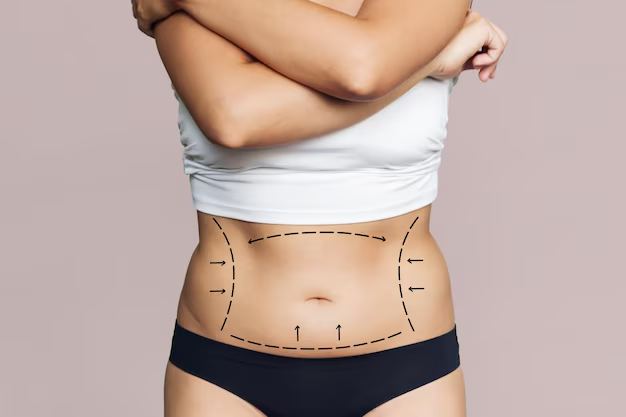
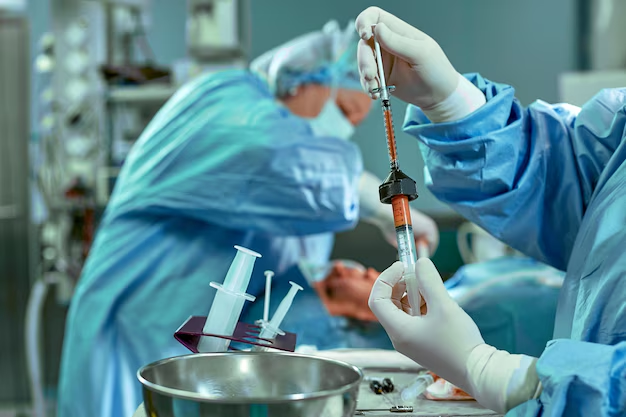
Vaser Liposuction
Vaser technology, also known as ”VaserLipo,” is a modern procedure that uses ultrasound technology to break down stubborn fat cells with minimum damage to other cells and tissue. The fat is then sucked by a tube connected to the cannula and inserted into the body through tiny incisions, usually around 3 mm, so there is no need for stitches. Vaser technology prevents sagging and tightens the areas of the procedure to ensure a slim body without sagging skin. Liposuction aims to satisfy the patient thoroughly with the way they look.
Advantages of Vaser Liposuction
What distinguishes Vaserlipo from other techniques, such as laser technology, can be listed as follows:
- It sucks a large amount of fat: up to 5 liters.
- It does not harm nerve fibers as Laser Technology does.
- The pain after the operation is low compared to other techniques used in liposuction.
- Blood loss is low compared to ordinary liposuction procedures.
Candidates For Liposuction
Unfortunately, not every person is suitable for liposuction. If you are thinking about undergoing this procedure, this is what you should know:
- The patient undergoing liposuction must be healthy and not suffer from chronic diseases.
- The patient undergoing liposuction must have natural and elastic skin to obtain the appearance and outcome desired by the patient.
- People with certain diseases cannot undergo liposuction to avoid risks. Some examples are:
- Chronic heart diseases,
- The second and third stages of diabetes.
- Leukemia and Hepatitis C.
- Acute anemia and HIV.
- AIDS, and high blood pressure.
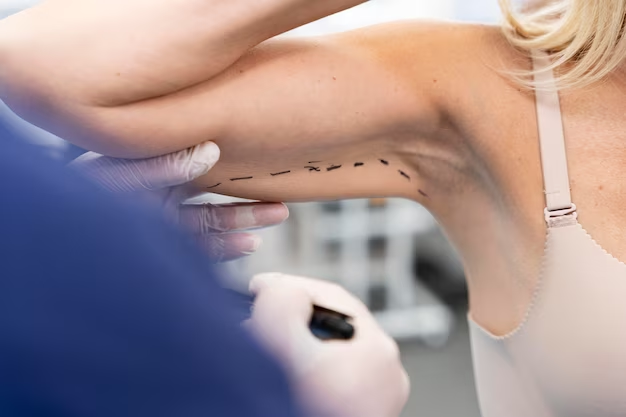
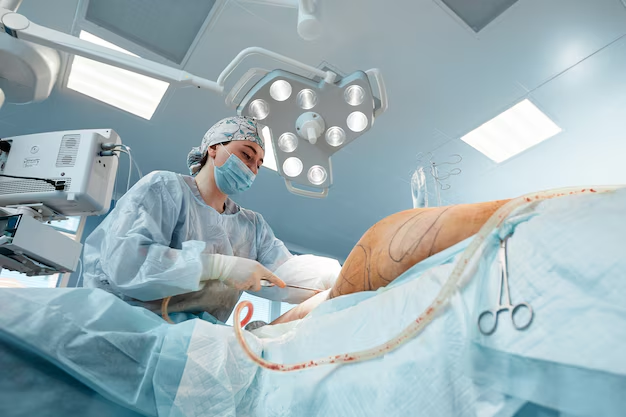
Pre-Procedure Tips
These are some recommendations that patients must follow before the procedure to ensure a satisfying result:
- Refrain from smoking for 1-2 months before the operation.
- Avoid stimulants such as caffeine for a month before the procedure.
- Make sure to eat healthy food regularly for at least a week before the procedure.
- Avoid alcohol.
- Refrain from having medications that cause blood thinning, such as Ibuprofen compounds.
- Refrain from drinking natural blood-thinning drinks such as green tea for at least two weeks before the procedure.
Stages Of Liposuction
Liposuction takes between one to three hours, varying depending on the amount of fat removed, the target area, and the patient’s condition, and consists of four main stages:
- Anesthesia: General anesthesia is necessary for liposuction.
- Opening incisions: The doctor opens small incisions in the target areas that usually do not exceed 3 millimeters. When done by a skilled surgeon, the scars are almost invisible.
- Liposuction: The doctor inserts the cannula connected to a tube into the middle of the fatty layers. Then, the Vaser can break down the fat and excrete it through the tubing system.
- Closing incisions: The doctor closes the incisions with soluble and removable cosmetic filaments. The surgeon removes the stitches after a period of ten days to two weeks.
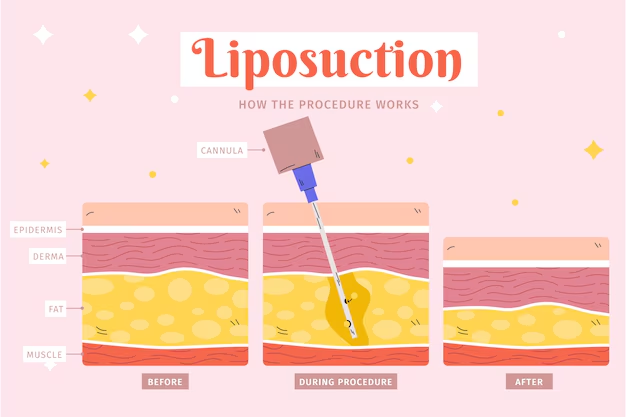
Post-Procedure Tips
After the liposuction procedure, your doctor will give you some recommendations that you should follow to ensure a successful result and make your recovery period easier. These are as follows:
- Avoid any physical effort for at least three weeks after the procedure and rest until the wounds heal successfully.
- Make sure to eat healthy, balanced food rich in proteins and vitamins.
- Take the antibiotics recommended by your doctor regularly.
- Avoid itching the procedure areas.
- Avoid smoking for at least five weeks after the procedure.
- Keep away from intense sunlight and high heat for at least a week after the procedure.
